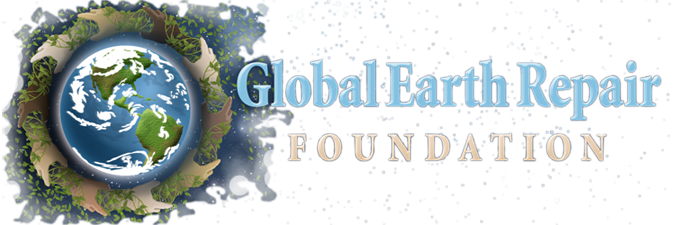John Wick
Marin Carbon Project – California, USA

John is co-owner of the Nicasio Native Grass Ranch. John is also co-founder of the Marin Carbon Project and serves as its tireless spokesperson and advisor, which aims to improve carbon sequestration in rangeland, agriculture, and forest soils through applied research and implementation. Even beyond sequestering carbon, which is a massively necessary endeavour, large scale application of carbon farming techniques has the potential to transform agriculture in many other ways, increasing productivity as well our relationship to the land.
The Marin Carbon Project is a county-wide collaboration of ranchers, researchers, agencies and other local stakeholders that assembled in order to coordinate carbon sequestration. Through a steering committee made up of the consortium’s members, there are task forces which do field research and then implement recommended actions decided on by the group. Through its successes and partnerships, this small-scale co-operative has become an inspiring model for the rest of the world to emulate.
His approach focuses on applying carbon back into the soil topically using compost which is a biologically stable form of carbon. Microorganisms can then pull the soil as a part of their normal life processes and feed the microorganism population. Marin found that the biggest soil carbon stocks occurred in lands that had manure applied to them historically. This finding led to the theory that adding carbon to the top of the soil could create an ongoing carbon sink in grasslands. Working with the USDA Natural Resources Conservation Service they created the COMET-Planner, an online calculator that allows landowners to estimate soil carbon benefits from over thirty USDA approved conservation practices. Working with the local dairies, fiber producers and non-profit partners they also began to build the regional rangeland producers ability to increase the value of their products though community and corporate investments in on-farm and regional agricultural processing and manufacturing infrastructure centered around climate beneficial products.
His ranch is 540 acres of coastal prairie system. His first approach to managing this landscape was to leave it alone. It was his assumption that nature would heal itself, and we could create wilderness by basically just watching. But that didn’t happen. Working with living systems required observation and a more benevolent participation. So, he introduced intentional disruption in the form of an occasional grazing event, he did very light touches on the landscape and started to see spectacular results. He started to actually see whole systems of native plants appearing on their own without planting a seed. Wildlife is abundant and many unique wildflower species are on riotous display in the spring. Areas treated with compost continue to produce above average forage and remain greener longer in the drier season.
What we’ve discovered is that rather than competing for depleting resources from extractive approaches, that by managing for life and managing for the conditions for life to occur, we can actually create conditions that are self-feeding and create abundance. Where else can you do something where the more you do of it, the more resources you gain to do even more? Only with living systems.
Website: http://www.marincarbonproject.org/
Video 1: https://www.youtube.com/watch?v=afBZvB6kCWs
Video 2: https://www.youtube.com/watch?v=_ak6fa3Yjc4






